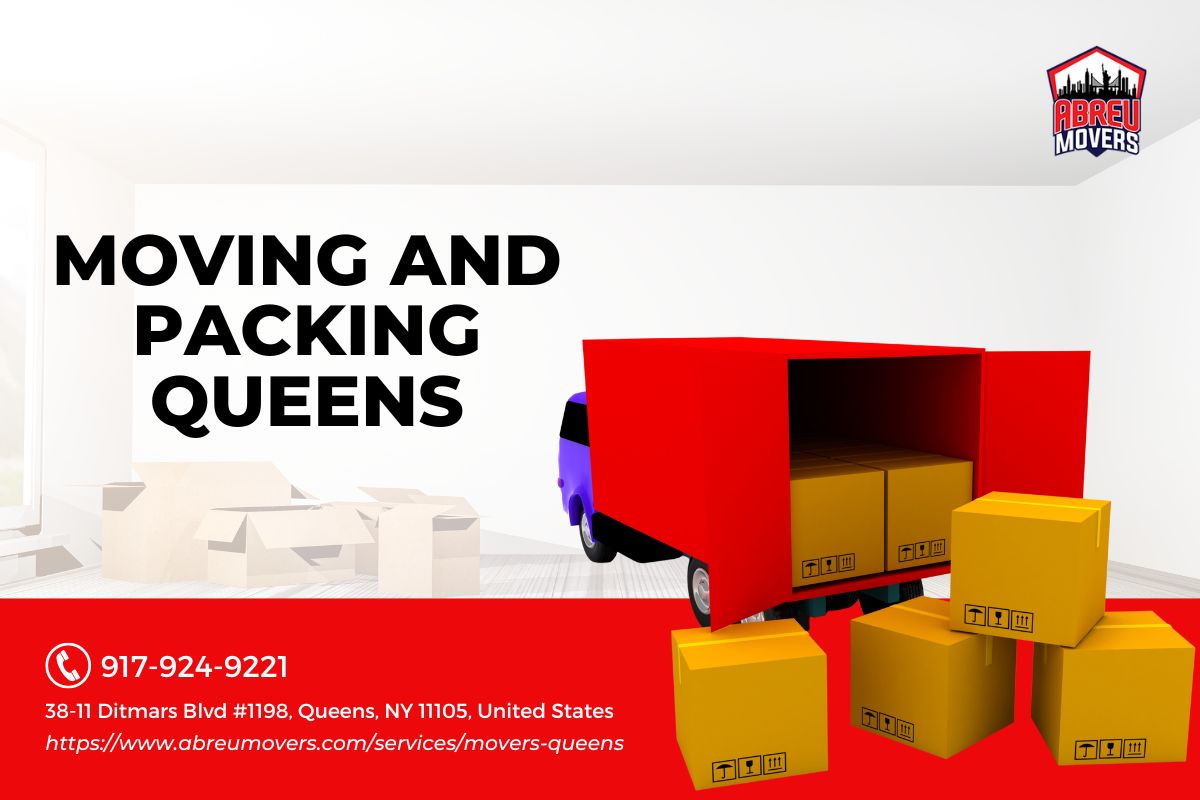


Introduction
Are you planning a move and dreading the thought of packing up your tools and hardware? Packing these items can be a challenge, as they are often bulky, heavy, and require special care. However, with the right tips and strategies, you can pack your tools and hardware efficiently, ensuring they arrive at your new location safe and sound. In this article, we will provide you with expert advice on how to pack tools and hardware for a move, minimizing the risk of damage and making the process as smooth as possible.
Table of Contents
Gathering Packing Supplies Organizing Your Tools Disassembling Larger Tools Protecting Sharp Objects Securing Small Parts Using Proper Packaging Materials Labeling Your Boxes Packing Heavy Tools Wrapping Fragile Tools Preventing Rust and Corrosion Packing Power Tools Dealing with Hazardous Materials Loading the Moving Truck Hiring Professional Packers Storing Tools during Long-Distance Moves Unpacking Your Tools Tips for a Smooth Transition Frequently Asked Questions Conclusion1. Gathering Packing Supplies
Before you start packing your tools and hardware, it's important to gather all the necessary packing supplies. This will ensure that you have everything you need on hand and can pack efficiently without any interruptions. Here are some essential packing supplies you should have:
- Sturdy boxes in various sizes Bubble wrap or packing paper Packing tape and scissors Ziplock bags for small parts Labels and markers for labeling boxes
2. Organizing Your Tools
To make the packing process easier, it's important to organize your tools beforehand. Sort them into categories such as hand tools, power tools, gardening tools, etc. This will help you determine how many boxes you need and make unpacking at your new location much easier.
3. Disassembling Larger Tools
For larger tools that can be disassembled, it's best to take them apart before packing. This will make them easier to handle and transport. Keep all the screws, bolts, and other small http://sergiowimb339.trexgame.net/the-ultimate-guide-to-efficient-packing-techniques parts together in a labeled bag or container.
4. Protecting Sharp Objects
Sharp objects such as saw blades, knives, or chisels should be wrapped carefully to avoid injuries during the move. Use bubble wrap or thick layers of packing paper to protect the sharp edges. Secure them with tape to prevent unwrapping.
5. Securing Small Parts
Small parts such as screws, nails, or drill bits can easily get lost during a move. To keep them organized and prevent misplacing, use ziplock bags or small containers to store them. Label each bag/container with the corresponding tool to make unpacking easier.
6. Using Proper Packaging Materials
When packing tools and hardware, it's crucial to use the right packaging materials to ensure their safety. Bubble wrap or packing paper should be used to provide padding and protect delicate items from scratches or dents. For extra protection, consider using foam inserts or custom-made tool cases.
7. Labeling Your Boxes
Labeling your boxes is an essential step in the packing process. Clearly mark each box with its contents and the room it belongs to. This will make unpacking much easier and help you locate specific tools quickly when needed.
8. Packing Heavy Tools
Heavy tools such as hammers or wrenches should be packed in smaller boxes to prevent them from becoming too heavy to lift. Fill any empty spaces in the box with packing paper or bubble wrap to prevent movement during transportation.
9. Wrapping Fragile Tools
If you have fragile tools such as glass cutters or precision instruments, take extra care when packing them. Wrap them individually in bubble wrap or packing paper and place them in a sturdy box with additional padding for added protection.
10. Preventing Rust and Corrosion
To prevent rust and corrosion on metal tools during transit, apply a thin layer of oil or rust inhibitor before packing them. This will create a protective barrier against moisture and humidity that can cause damage.
11. Packing Power Tools
When packing power tools, remove any detachable parts such as batteries or blades. Pack them separately in labeled bags or containers. Secure the power tool in its original case if available, or wrap it in bubble wrap and place it in a sturdy box.
12. Dealing with Hazardous Materials
If you have any hazardous materials such as paints, solvents, or flammable liquids, check with your moving company for specific guidelines on how to pack and transport them safely. It's important to comply with regulations to ensure the safety of everyone involved.
13. Loading the Moving Truck
When loading your tools and hardware onto the moving truck, place heavier items on the bottom and lighter ones on top. This will help distribute the weight evenly and prevent damage. Use straps or bungee cords to secure everything in place and minimize movement during transit.
14. Hiring Professional Packers
If you're overwhelmed by the task of packing your tools and hardware, consider hiring professional packers. They have experience in handling delicate items and can ensure that everything is packed efficiently and securely for a stress-free move.
15. Storing Tools during Long-Distance Moves
If you're planning a long-distance move and need to store your tools temporarily, choose a climate-controlled storage facility. Extreme temperatures and humidity can damage your tools over time, so it's important to store them in a controlled environment.
16. Unpacking Your Tools
When unpacking your tools at your new location, take your time to organize them properly. Use tool organizers or pegboards to keep everything in order and easily accessible. This will save you time and frustration when you need a specific tool.
17. Tips for a Smooth Transition
- Start packing your tools and hardware well in advance to avoid last-minute stress. Take inventory of your tools before packing to ensure nothing gets lost during the move. Consider donating or selling tools that you no longer need or use. Communicate with your moving company about any special requirements or concerns regarding your tools. Keep important documents such as manuals or warranties separate from the packed tools for easy access.
Frequently Asked Questions
1. Can I pack my tools and hardware in regular cardboard boxes?
Yes, you can pack your tools and hardware in regular cardboard boxes. However, it's recommended to use sturdy boxes specifically designed for moving, as they are more durable and provide better protection.
2. Should I disassemble power tools before packing them?
It depends on the power tool. Some power tools come with detachable parts that should be removed before packing, while others can be packed as a whole unit. Refer to the manufacturer's instructions for guidance.
3. How do I prevent rust on metal tools during a move?
To prevent rust on metal tools, apply a thin layer of oil or rust inhibitor before packing them. This will protect them from moisture and humidity that can cause rusting.
4. Can I pack hazardous materials with my other tools?
No, it is not safe to pack hazardous materials with your other tools. Consult with your moving company about the proper handling and transportation of hazardous materials.
5. Is it worth hiring professional packers for my tools and hardware?
If you have valuable or delicate tools, it may be worth hiring professional packers to ensure their safety during the move. Professional packers have the experience and expertise to handle fragile items properly.
6. How should I store my tools during a long-distance move?
When storing your tools during a long-distance move, choose a climate-controlled storage facility to prevent damage from extreme temperatures or humidity.
Conclusion
Packing tools and hardware efficiently for a move requires careful planning and attention to detail. By following the tips provided in this article, you can ensure that your tools arrive at your new location in excellent condition. Remember to gather all the necessary packing supplies, organize your tools beforehand, use proper packaging materials, and label your boxes for easy identification. If you're feeling overwhelmed, don't hesitate to hire professional packers who can handle the task with expertise. With these tips, your tool packing process will be smooth and stress-free, allowing you to focus on settling into your new home.